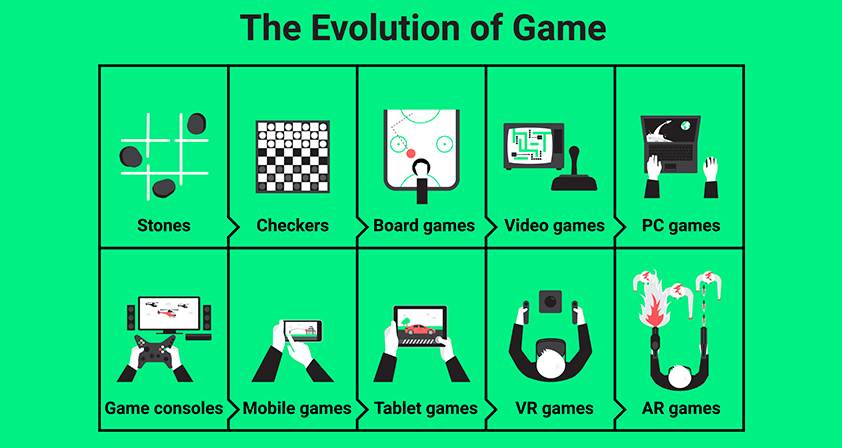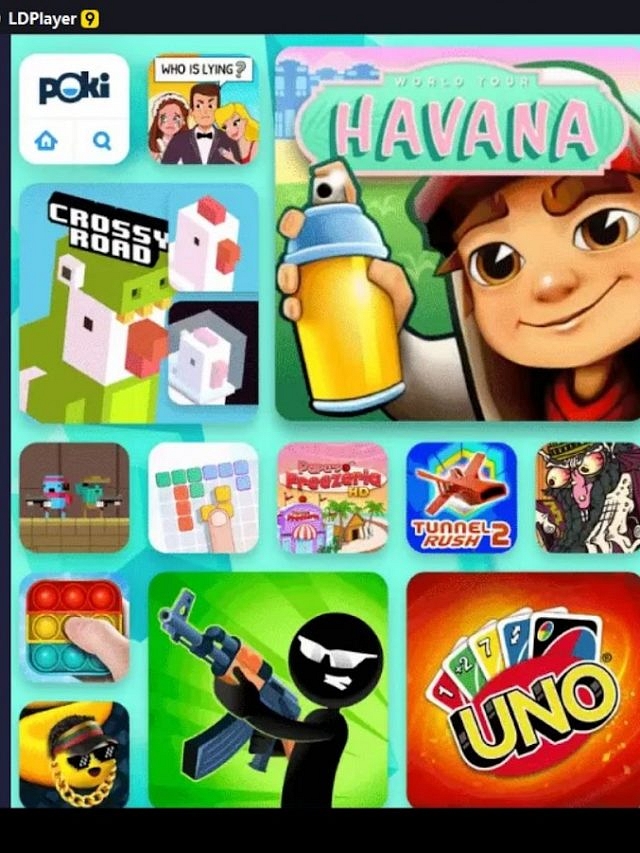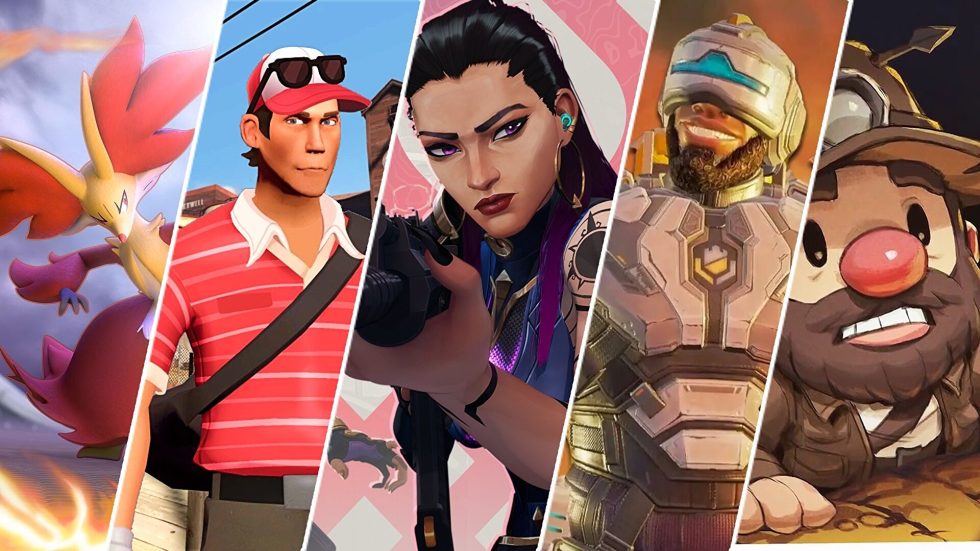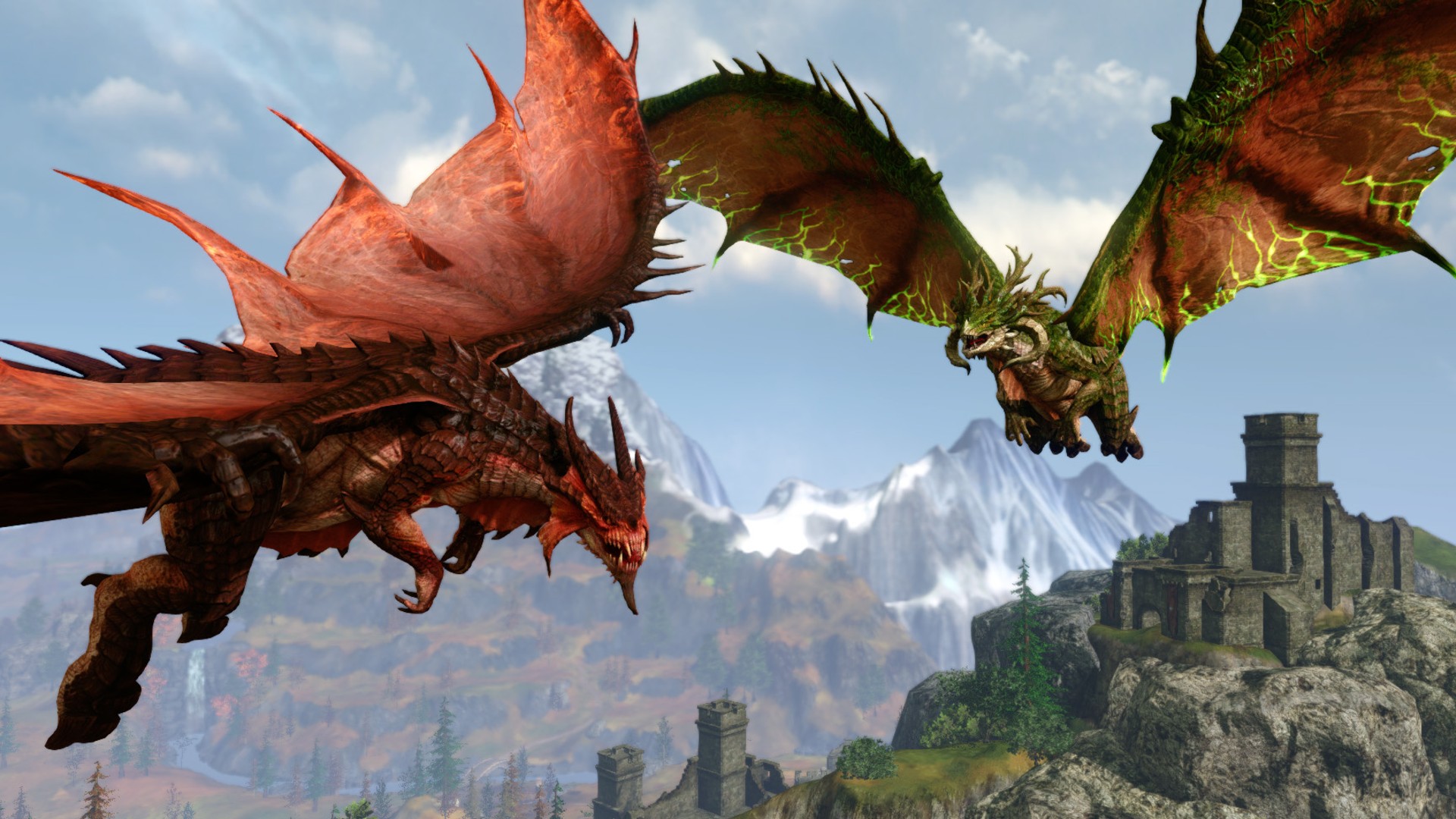The Rise Of Free-to-Play: A Comprehensive Look At The Evolution And Impact Of Online Games Without Monetary Barriers
The Rise of Free-to-Play: A Comprehensive Look at the Evolution and Impact of Online Games Without Monetary Barriers
Related Articles: The Rise of Free-to-Play: A Comprehensive Look at the Evolution and Impact of Online Games Without Monetary Barriers
Introduction
With great pleasure, we will explore the intriguing topic related to The Rise of Free-to-Play: A Comprehensive Look at the Evolution and Impact of Online Games Without Monetary Barriers. Let’s weave interesting information and offer fresh perspectives to the readers.
Table of Content
The Rise of Free-to-Play: A Comprehensive Look at the Evolution and Impact of Online Games Without Monetary Barriers

The landscape of online gaming has undergone a dramatic transformation in recent years. Gone are the days when access to immersive digital worlds was solely reserved for those willing to shell out substantial sums for game purchases. A new era has emerged, characterized by the proliferation of free-to-play (F2P) games, offering players the opportunity to delve into captivating virtual experiences without any upfront financial commitment. This shift has revolutionized the gaming industry, creating a more accessible and inclusive environment for millions of players worldwide.
The Genesis of Free-to-Play:
The concept of free-to-play gaming can be traced back to the late 1990s and early 2000s, with games like "EverQuest" and "Ultima Online" offering free trials or limited access to their virtual realms. However, it was the advent of massively multiplayer online role-playing games (MMORPGs) like "World of Warcraft" in 2004 that truly propelled the F2P model into the mainstream.
"World of Warcraft" adopted a subscription-based model, requiring players to pay a monthly fee for access. While this model proved successful, it also created a barrier to entry for many potential players who were hesitant to commit to a recurring financial obligation. Recognizing this, developers began experimenting with alternative revenue streams, leading to the birth of the free-to-play model.
The Mechanics of Free-to-Play:
Free-to-play games are designed to be accessible to a wider audience by eliminating the upfront cost of purchasing the game. However, to generate revenue, developers implement various monetization strategies, primarily centered around optional in-game purchases. These purchases can range from cosmetic items like character skins and virtual pets to in-game currency, power-ups, and even premium subscriptions that unlock additional content or gameplay features.
The Benefits of Free-to-Play:
The rise of free-to-play gaming has brought about several significant benefits for both players and developers:
- Accessibility: The most notable advantage of the F2P model is its accessibility. It removes financial barriers, allowing players of all socioeconomic backgrounds to experience the thrill and excitement of online gaming. This inclusivity has significantly expanded the gaming community, bringing in new demographics and fostering a more diverse player base.
- Reduced Risk: For players, free-to-play games eliminate the risk of purchasing a game that they might not enjoy. They can try out a game without any financial commitment, allowing them to explore its mechanics, gameplay, and community before deciding whether to invest their time and potentially money.
- Greater Experimentation: The F2P model encourages developers to experiment with innovative gameplay mechanics and monetization strategies. They can iterate and adapt their games based on player feedback, fostering a more dynamic and evolving gaming landscape.
- Larger Player Base: The absence of a financial barrier attracts a larger player base, creating more vibrant and active online communities. This increased player count enhances the social aspect of gaming, fostering interactions, collaborations, and a sense of belonging among players.
- Sustainable Revenue Model: For developers, the F2P model offers a more sustainable revenue stream compared to traditional game sales. By continuously engaging players with new content, events, and optional purchases, developers can generate consistent revenue over an extended period, even for games with a smaller initial player base.
The Challenges of Free-to-Play:
While free-to-play gaming has brought about numerous advantages, it also presents certain challenges:
- Pay-to-Win Concerns: A common concern surrounding F2P games is the potential for "pay-to-win" mechanics. Some games allow players to purchase in-game items or currency that provides significant advantages, potentially creating an imbalance between players who spend money and those who do not. This can lead to frustration and resentment among players who feel disadvantaged.
- Monetization Strategies: The implementation of monetization strategies can be a delicate balancing act. Developers need to strike a balance between generating revenue and providing a fair and enjoyable experience for all players. Aggressive monetization tactics, such as excessive advertising or overly intrusive in-app purchases, can alienate players and damage the game’s reputation.
- Addiction and Spending: The accessibility and potential for in-app purchases can contribute to addictive behavior and excessive spending. Some players may find themselves spending more than they intended on in-game items, leading to financial difficulties or even gambling addiction.
- Free-to-Play Fatigue: As the number of F2P games continues to increase, players may experience "free-to-play fatigue." This refers to a sense of disillusionment or apathy towards F2P games due to their perceived reliance on monetization strategies and repetitive gameplay loops.
Navigating the Free-to-Play Landscape:
To navigate the complex world of free-to-play gaming, players need to be aware of the potential pitfalls and adopt a responsible approach:
- Research Before Playing: Before diving into a free-to-play game, it is crucial to research its monetization strategies, gameplay mechanics, and community feedback. This will help players understand the game’s potential for pay-to-win elements and whether it aligns with their preferences.
- Set Spending Limits: If players choose to make in-game purchases, they should establish clear spending limits and stick to them. It is essential to avoid impulsive purchases and only spend what they can afford.
- Focus on Enjoyment: The primary goal of gaming should be enjoyment. Players should prioritize fun and engaging gameplay over chasing in-game rewards or status symbols.
- Seek Out Free-to-Play Communities: Engaging with online communities dedicated to free-to-play games can provide valuable insights, tips, and strategies for maximizing enjoyment without spending money.
The Future of Free-to-Play:
The free-to-play model is here to stay, and its influence on the gaming industry is only likely to grow. As technology advances and new platforms emerge, F2P games will continue to evolve, offering players even more immersive and engaging experiences. Developers will continue to refine monetization strategies, finding new ways to generate revenue while maintaining a balanced and enjoyable player experience.
The future of free-to-play gaming holds immense potential for innovation and creativity. As long as developers prioritize player enjoyment and responsible monetization practices, the F2P model will continue to democratize gaming, making it accessible and engaging for millions of players worldwide.
FAQs by Online Games Play Free:
1. What are the most popular free-to-play games?
The popularity of free-to-play games varies greatly depending on genre, platform, and region. However, some of the most widely played F2P games include:
- League of Legends: A massively popular multiplayer online battle arena (MOBA) game.
- Fortnite: A battle royale game that has achieved global phenomenon status.
- Apex Legends: Another battle royale game with a unique character-based system.
- Destiny 2: A free-to-play online shooter with a strong focus on cooperative gameplay.
- Call of Duty: Warzone: A free-to-play battle royale mode within the Call of Duty franchise.
- Roblox: A platform for user-generated games, offering a wide range of experiences.
- Minecraft: A sandbox game that allows players to build and explore virtual worlds.
2. How do free-to-play games make money?
Free-to-play games primarily generate revenue through optional in-game purchases. These purchases can include:
- Cosmetic Items: Character skins, weapon skins, virtual pets, and other aesthetic enhancements.
- In-Game Currency: Virtual currency that players can use to purchase items, power-ups, or other in-game benefits.
- Premium Subscriptions: Monthly or annual subscriptions that provide access to exclusive content, features, or gameplay advantages.
- In-Game Advertisements: Some free-to-play games may display advertisements, which can generate revenue for developers.
3. Are free-to-play games "pay-to-win"?
The concept of "pay-to-win" is a complex one, and not all free-to-play games are inherently pay-to-win. Some games offer a balanced experience where players can progress and succeed without spending money. However, certain games may allow players to purchase in-game items or advantages that significantly enhance their gameplay experience, potentially creating an imbalance between paying and non-paying players. It is important to research a game’s monetization strategies and community feedback to determine its potential for pay-to-win mechanics.
4. How can I avoid spending too much money on free-to-play games?
It is essential to approach free-to-play games with a responsible mindset. Here are some tips to avoid excessive spending:
- Set a Budget: Before playing a free-to-play game, establish a clear spending limit and stick to it.
- Avoid Impulsive Purchases: Don’t make rash decisions about in-game purchases. Take time to consider whether you truly need or want the item.
- Focus on Fun: Prioritize enjoyment over chasing in-game rewards or status symbols.
- Explore Free Content: Many free-to-play games offer a wealth of free content and gameplay experiences. Explore these options before considering spending money.
- Seek Out Community Advice: Engage with online communities dedicated to the game to learn about its monetization strategies and potential pitfalls.
Tips by Online Games Play Free:
- Start with Free-to-Play Games: If you are new to online gaming, free-to-play games offer a low-risk way to explore different genres and gameplay styles.
- Research Before Playing: Take time to research a game’s monetization strategies, gameplay mechanics, and community feedback before committing your time.
- Be Aware of Pay-to-Win Mechanics: Understand how in-game purchases can affect gameplay and whether they create an unfair advantage for paying players.
- Set Spending Limits: Establish a budget and stick to it. Avoid impulsive purchases and only spend what you can afford.
- Focus on Enjoyment: Prioritize fun and engaging gameplay over chasing in-game rewards.
- Engage with the Community: Join online forums or communities dedicated to the game to learn tips, strategies, and share your experiences.
Conclusion by Online Games Play Free:
The free-to-play model has revolutionized the gaming industry, making online gaming accessible to millions of players worldwide. While it presents certain challenges, such as potential for pay-to-win mechanics and excessive spending, the benefits of free-to-play, including accessibility, reduced risk, and larger player bases, far outweigh the drawbacks. By adopting a responsible approach and prioritizing enjoyment over chasing in-game rewards, players can experience the vast and exciting world of free-to-play gaming without falling prey to its potential pitfalls. As technology continues to advance, the free-to-play model will undoubtedly continue to shape the future of online gaming, offering players even more immersive and engaging experiences.








Closure
Thus, we hope this article has provided valuable insights into The Rise of Free-to-Play: A Comprehensive Look at the Evolution and Impact of Online Games Without Monetary Barriers. We thank you for taking the time to read this article. See you in our next article!